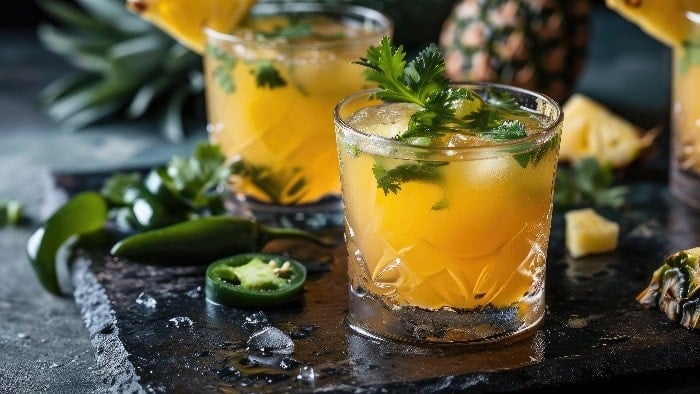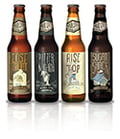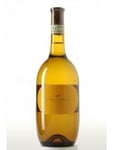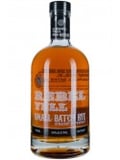4 min read
Festive Without the Fuss: 15-Minute Holiday Cocktails
The holidays are supposed to be about celebrating with people you care about and making memories that last. But...
By: Beau Farrell on May 02, 2024

When you look at the calendar and see Cinco de Mayo fast approaching, you may find your liquor shelf lacking some festivity—namely, tequila and/or mezcal. Have no fear! We are here to arm you with everything you need to know about tequila and mezcal so you can celebrate properly.
Both mezcal and tequila are agave-based Mexican spirits that follow similar preparation and distilling methods. Mezcal is often considered a “smoky tequila,” but tequila is actually a form of mezcal, not the other way around.
Mezcal and tequila are distinct in two key ways: the species of agave plant from which they originate and the sugar extraction method.
The first distinction: the agave plant itself. Approximately 30 of the 200 agave plant species—spiny-leaved plants that could be confused for cacti—have carbohydrate-rich stems that are used to make mezcal. Tequila, on the other hand, is officially derived from only one agave species: the blue agave.
The second mezcal/tequila distinction: how the heart of the agave is turned into sugar. For tequila, the starchy heart—or piña—of the blue agave is typically steamed to extract the fermentable sugars from their starchy, pineapple-looking stems. In contrast, after agave piñas are harvested for mezcal production, they are roasted underground and then crushed by a large stone before they are fermented. Traditional roasting and crushing is done by a mezcalero and his oxen, mules, or bulls.

With that covered, let’s go a little deeper into tequila, as it tends to be the crowd favorite when making margaritas. Maybe you’re looking for a tequila to sip on, or maybe you want to pick the perfect match for a margarita. Either way, you want to know your tequila by age.
When you’re picking a tequila, be sure to look for 100% agave for a true tasting experience. Some tequilas are not 100% agave and may have additional sugars or additives in the bottle.
As for mezcal, smokiness does not have to be the only characteristic. Even though that smokiness may be the most recognized mezcal characteristic in the United States, the spirit has a broad range of flavor profiles: vegetable, citrus, vanilla, chocolate, and a host of others.
Now that we’ve explored the differences between mezcal and tequila, let’s turn our attention to the star of the Cinco de Mayo celebration: the margarita! Whether you prefer the smoky depth of mezcal or the crispness of tequila, there’s a margarita recipe to suit your taste.
Ingredients:
Instructions:
Ingredients:
Instructions:
You may be looking for a little more adventure this year. If that’s the case, consider a few alternatives to the classic Cinco de Mayo margarita with these festive drinks:
More in the mood for beer with a twist? We’ve got you covered with this ultimate beergarita recipe.

Now that you’re all set on the beverage front, let’s get your munchies in order. Kick your Cinco de Mayo into gear using these three classic snack recipes:
Need more ideas to pair with your Cinco de Mayo drinks? We don’t blame you; it’s only right to be prepared with a serious spread for snacking. Start with these recipes, and go down the rabbit hole of Cinco de Mayo munchies.
Let the fiesta begin!




Nov 17, 2025by Beau Farrell
The holidays are supposed to be about celebrating with people you care about and making memories that last. But...
Nov 4, 2025by Beau Farrell
Between late November and early January, you're hosting more gatherings than the rest of the year combined....
Oct 21, 2025by Beau Farrell
The holidays are approaching, and you're planning gatherings that bring everyone together.
That often means catering...